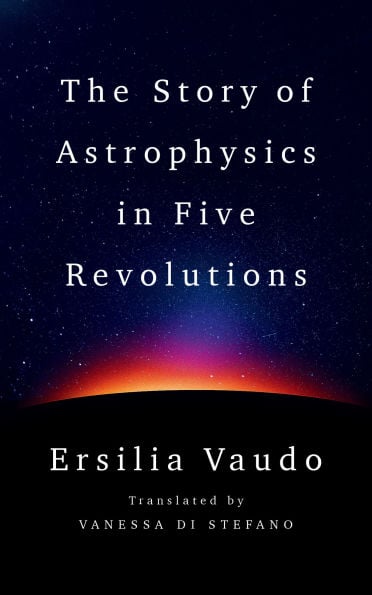In her latest book, The Story of Astrophysics in Five Revolutions, author and astrophysicist Ersilia Vaudo invites readers to explore the remarkable journey of astrophysics. This engaging narrative not only chronicles scientific advancements but also aims to rekindle interest in the cosmos during the summer vacation season. Vaudo’s work offers both an informative and emotional perspective on humanity’s quest to understand the universe.
Charting the Course of Astrophysics
The book is structured around five key revolutions in astrophysics, tracing the evolution of thought from Galileo to contemporary theories like string theory. Vaudo presents a timeline that reflects humanity’s shifting understanding of gravity, relativity, and the nature of the universe. Through her passionate storytelling, she emphasizes that scientific discovery is driven by more than mere observation; it is also influenced by imagination and mathematical innovation.
Vaudo’s narrative is accessible, avoiding complex equations while still imparting significant concepts. This makes the book an ideal summer read for anyone curious about the cosmos, whether they are seasoned enthusiasts or simply seeking a brief intellectual escape. The author’s background with the European Space Agency lends a European perspective to the historical context of astrophysics, which has largely developed within this region.
Throughout the book, Vaudo highlights notable projects such as CERN, the ESA’s Euclid mission, and the CUORE experiment, showcasing the collaborative efforts of scientists and researchers. She pays homage to both historical and contemporary figures in the field, providing readers with a roadmap for further exploration of the subject.
Emotional Engagement with Science
One of the book’s strengths lies in its ability to evoke emotional responses. Vaudo encourages readers to look up at the night sky and reflect on the vastness of the universe, prompting questions about existence and the future of galaxies. This emotional connection is a vital aspect of science that Vaudo masterfully integrates into her writing.
Readers will appreciate the book’s light, enjoyable prose, which allows for easy engagement. It can be read in short bursts, making it suitable for those balancing vacation activities with moments of quiet reflection. Additionally, the original text was written in Italian, and the translator deserves commendation for maintaining the book’s joyful tone in English.
Ultimately, The Story of Astrophysics in Five Revolutions serves as both a celebration of scientific achievement and an invitation to ponder humanity’s place in the universe. Vaudo’s approachable style and insightful observations provide an enriching experience, perfect for those looking to broaden their horizons during the warm summer months. As vacationers contemplate the mysteries of the cosmos, this book stands out as an engaging companion for their journey of discovery.







































































